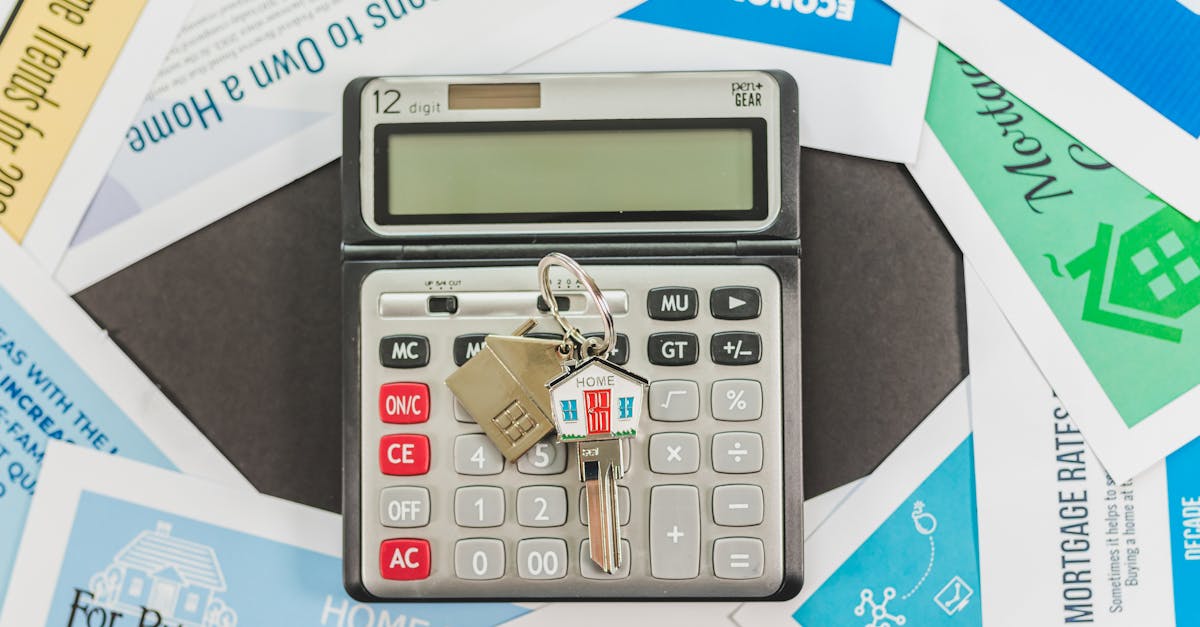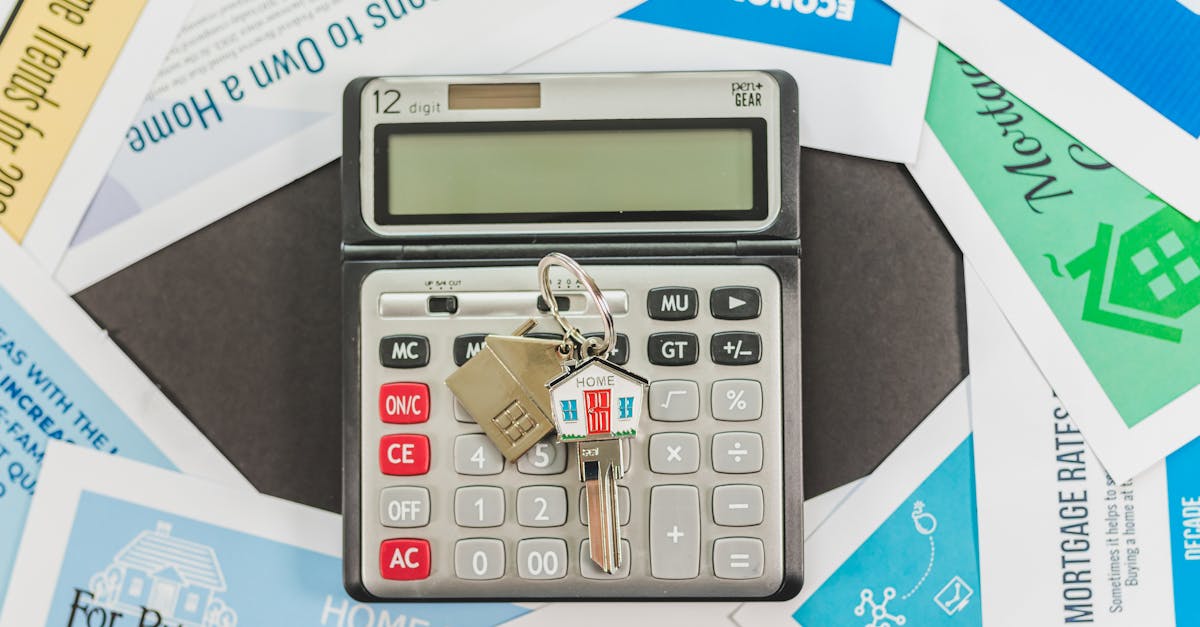The Ultimate Guide to Understanding Mortgages
Introduction to Mortgages
Purchasing a home is often touted as a significant life achievement, marking a move towards financial stability and personal investment. Mortgages play a pivotal role in facilitating this dream, providing the means to buy property without necessitating the full purchase price upfront. But the world of mortgages can be a complex maze, filled with industry jargon and detailed paperwork. It's essential for prospective homeowners to understand what mortgages entail to make informed decisions. From fixed-rate to adjustable-rate terms, each mortgage type offers distinct benefits and drawbacks. Navigating these options can seem daunting at first, but with the right knowledge, it becomes manageable and rewarding.
Advertisement
Understanding the Basics
At its core, a mortgage is a loan specifically designed for purchasing real estate, where the property purchased serves as collateral against the loan. A borrower agrees to receive funds with the promise to repay the lender over a specified period, typically between 15 to 30 years, along with accrued interest. Depending on the mortgage type, interest rates may remain constant or fluctuate throughout the loan's lifecycle. Lenders assess potential borrowers based on their credit score, income stability, and debt-to-income ratio, crucial in determining interest rates and approval chances. Understanding these foundational elements is critical before entering the housing market.

Kampus Production/Pexels
Advertisement
Different Types of Mortgages
The myriad of mortgage options can cater to diverse financial situations and preferences. Fixed-rate mortgages offer stability with predefined monthly payments over the loan duration, making them a popular choice for those planning long-term homeownership. Conversely, adjustable-rate mortgages (ARMs) begin with lower initial rates that adjust periodically, making them suitable for short-term homeowners who anticipate future income increases. Interest-only loans or balloon mortgages allow initial lower payments, beneficial for buyers initially prioritizing cash flow. Additionally, government-backed loans like FHA, VA, and USDA mortgages provide more accessible options for eligible individuals, often with lower down payments and interest rates.
Advertisement
The Mortgage Application Process
Applying for a mortgage can be a multi-step endeavor that requires thorough preparation. Prospective borrowers must first assess their financial readiness by procuring credit reports, detailing financial histories, debts, and credit scores. Budget evaluation is crucial to understand personal affordability in terms of property price and mortgage obligations. Potential borrowers then engage with mortgage lenders, often beginning with pre-approval, where lenders review finances and creditworthiness, extending an estimate on the borrowing amount. The formal application involves detailed paperwork, including employment proof, tax returns, and asset statements, culminating in the lender's appraisal of the collateral property.
Advertisement
Understanding Interest Rates
Interest rates are perhaps the most scrutinized element in a mortgage as they significantly impact the overall cost of homeownership. Interest rates are influenced by a host of factors, such as national monetary policy, inflation expectations, and the current state of the economy. Most importantly for individual borrowers, personal creditworthiness dictates the rate offered, underscoring the value of maintaining a robust credit score. Fixed-rate mortgages lock in a consistent rate, ensuring stable payment amounts throughout the loan's life. In contrast, adjustable-rate mortgages offer initial low rates subject to adjustments based on market conditions, proving advantageous during interest rate declines.
Advertisement
Down Payments and Loan-to-Value Ratios
The down payment is an upfront sum paid during property purchase, significantly impacting the mortgage terms and conditions. Traditionally, a 20% down payment is standard, minimizing the lender's risk and often negating the need for private mortgage insurance (PMI). This amount forms part of the loan-to-value (LTV) ratio, representing the loan's proportion relative to the property's total value. A lower LTV indicates less lender risk, enhancing loan approval odds and potentially reducing interest rates. However, several loan types, such as FHA loans, permit lower down payments, broadening accessibility for individuals who might lack substantial savings.
Advertisement
The Role of Private Mortgage Insurance
Private mortgage insurance (PMI) protects lenders against default risks when borrowers deposit less than 20% as a down payment. While it facilitates property access with lesser upfront capital, it incurs additional monthly costs for the borrower. It's crucial to acknowledge PMI's role in enhancing homeownership opportunity but also as a factor contributing to the overall loan expense. Avoiding PMI is possible by purchasing standalone PMI coverage or opting for piggyback loans, though each option carries distinct risk factors and financial implications. Home equity growth and refinancing are potential strategies to eliminate PMI down the line.
Advertisement
Mortgage Refinancing
Refinancing a mortgage involves negotiating a new loan with revised terms, ideally to reduce monthly repayments, secure a lower interest rate, or shift loan types. Refinancing can be advantageous during decreases in market interest rates or improved borrower credit scores. Moreover, it can facilitate changing an adjustable-rate mortgage to a fixed-rate one, ensuring repayment predictability. Borrowers need to consider associated costs like closing fees, prepayment penalties, and the overall financial benefit before pursuing refinancing. A calculated assessment ensures that refinancing contributes positively to financial goals and sustains affordability.
Advertisement
Potential Pitfalls and Precautions
Despite meticulous planning, borrowers may encounter challenges along their mortgage journey. Unanticipated interest rates, property devaluation, or life events affecting financial status can complicate affordable homeownership. It is paramount to remain cautious of predatory lending practices prevalent in the market, where unscrupulous lenders capitalize on borrowers’ financial vulnerability. Borrows are advised to read through all contractual terms, assess affordability under worst-case scenarios, and seek advice from credible financial advisors. Education, vigilance, and informed decision-making are pivotal in mitigating risks and ensuring a smooth mortgage experience.
Advertisement
Conclusion on Mortgages
Embarking on a mortgage journey requires patience, understanding, and informed foresight, vital to achieving a successful homeownership outcome. Familiarity with terminologies, processes, and available options prepares borrowers to secure terms aligning with personal financial goals and life aspirations. As with any significant financial commitment, meticulous planning, and strategic management are key to ensuring a sustainable and rewarding mortgage experience. Engaging with the right lenders and seeking appropriate pre-approvals can significantly enhance chances of loan approval and favorable interest rates. Ultimately, understanding mortgages transforms them from intimidating financial instruments to empowering avenues towards home ownership.
Advertisement







